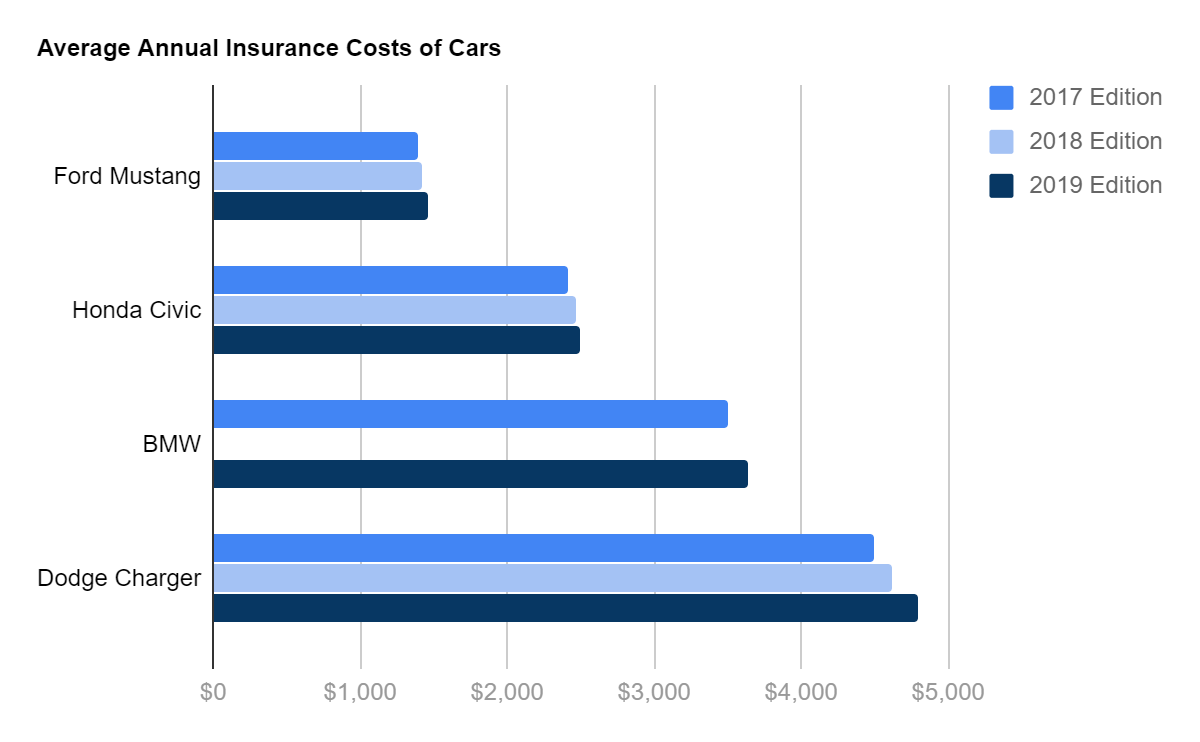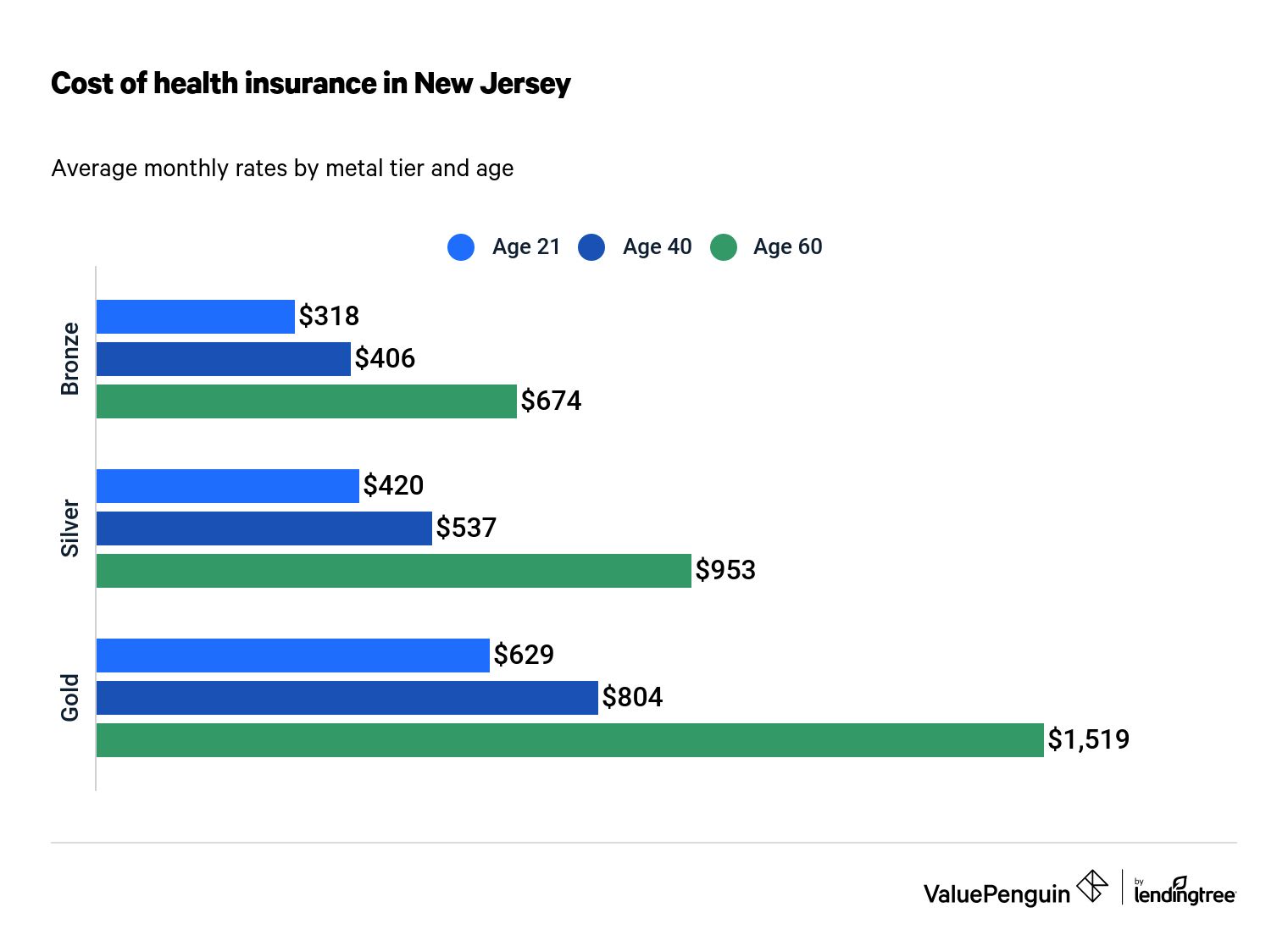
You should be aware of a few important things when buying pet insurance. You need to understand the costs of veterinary care. Large cities have higher vet bills because the cost of advanced care and veterinarians who earn more. This could increase the cost for your pet insurance policy. There are monthly processing fees as well as enrollment fees.
Age
Most pet insurance policies will cover your pet until eight weeks old. It is much more expensive and harder to get a new policy once your pet reaches eight weeks of age. Senior pets require more medical attention. However, this does not mean they cannot be insured. Pet insurance policies for older pets will typically reimburse 90% of the cost of the medical care your pet needs.
Although pet insurance premiums can increase as your pet grows older, there are many ways to lower your monthly costs. You can reduce your monthly cost if your pet's age is less than ten years. You will have to alter the terms of your policy if your pet has an older age to reduce the monthly cost.

Breed
There are many factors that affect the price of pet insurance. For instance, certain breeds are more expensive to insure than others. Genetic makeup also makes certain breeds more susceptible to diseases and illnesses. Keeping a purebred pet will also raise your monthly premiums. Thankfully, there are some companies that group certain breeds into risk pools.
The average cost of pet insurance coverage can vary a lot, depending on the breed and location. Basic policies provide coverage for injuries and illnesses. More comprehensive plans cover lab fees as well as diagnostic tests. In addition, you can enroll in pet wellness care plans, which reimburse you for routine preventative care. In terms of coverage and cost, pet insurance is very similar to human healthcare insurance.
Location
Some cases can be affected by the place where the pet's owner lives. This could impact the cost of pet insurance premiums. If a pet owner is located in New York City, they will likely spend more than someone who lives in rural North Dakota. Because there is a difference in the cost of veterinary treatment in different states, this can be explained. Some carriers will adjust the premiums according to the state where the owner resides.
The cost of veterinary care in larger cities is usually higher. Their fees are often higher due to higher salaries for vets working in big cities. Insurance companies may charge higher premiums in these areas because of higher expenses. A few pet insurance companies charge transaction or maintenance fees. This can impact the pet owner's decision about whether they want to purchase a policy. Many pet insurance companies offer discounts for policy holders who pay in advance.

Percentage of reimbursement
You won't be required to pay out as much if your pet becomes sick. A higher reimbursement rate means that you won’t have to pay so much. You will pay less each month and your premium will be lower. Lower reimbursement percentages mean lower premiums, but you may have more to cover medical costs.
There are many pet insurance companies that offer different reimbursement percentages. They can be as low as seventy percent up to ninety-percent. While higher percentages will result in higher monthly premiums, they can be paid off in cash once you make a claim. If you are looking for the best pet insurance, ensure that your premium includes a similar deductible to the one you pay for regular insurance.